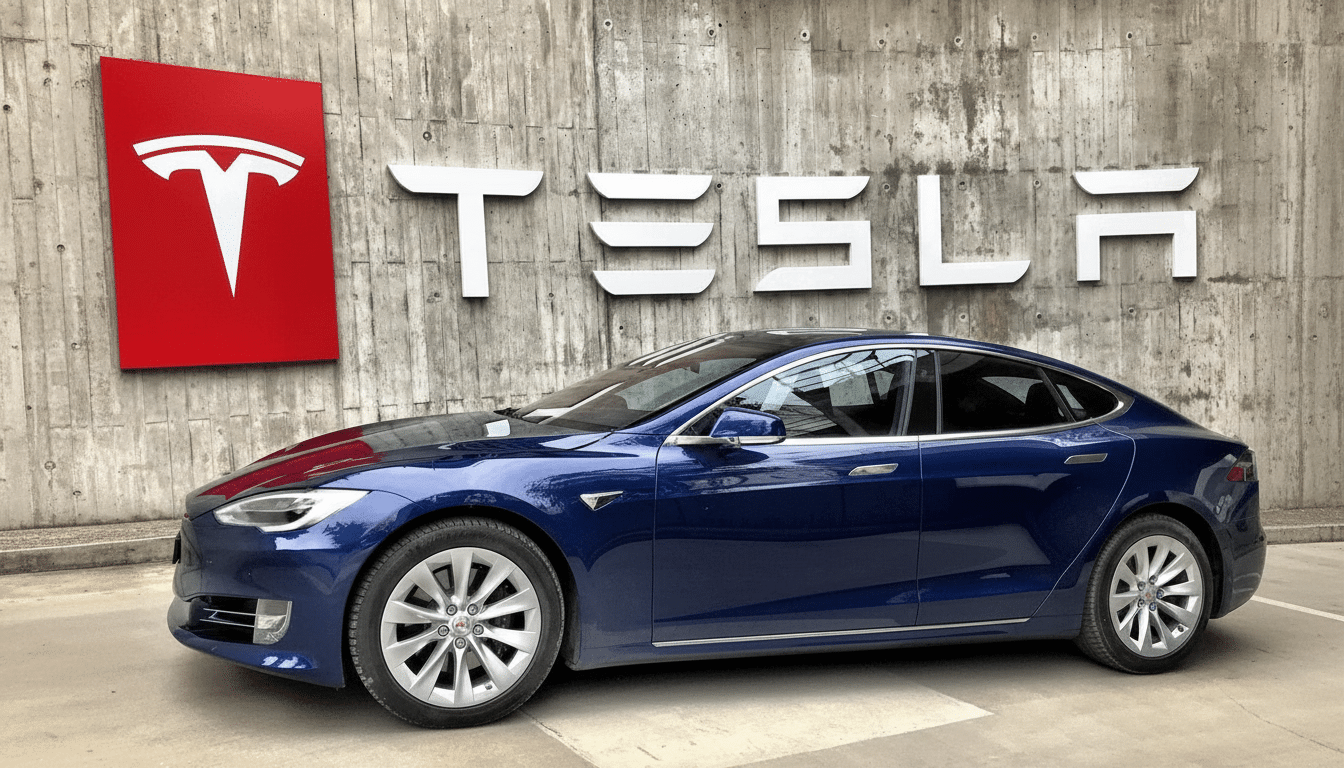In their haste to use generative AI, though, many companies are committing a familiar mistake that at one time hamstrung the production lines of Tesla: overestimating what full automation can accomplish and underestimating what people still do best. These parallels are hard to ignore, and the costs are starting to be felt in diminished customer satisfaction scores, ROI shortfalls, brand reputation — even delays in time-to-market.
The Lesson of Tesla for AI Rollouts: Sequencing and Scope
When Tesla had a hard time meeting Model 3 production goals in 2018, the company’s chief executive admitted that too much factory automation was a mistake and that humans were underrated. The fundamental lesson was not anti-automation; it was one of sequencing and scope. The more stable the process and the fewer the exceptions, the better automation will be. For when your variance is large, humans are still the best control system.
- The Lesson of Tesla for AI Rollouts: Sequencing and Scope
- Customer Service Reveals the Bounds of AI Automation
- The ROI Mirage and the Integration Tax in Enterprise AI
- Human in the Loop Beats Full Autonomy in Operations
- How to Not Fall Into the Tesla Trap with AI Adoption
- The Bottom Line on Balancing AI and Human Judgment

AI in the enterprise is running into that same wall. Leaders are bypassing the labor-intensive process redesign that makes automation actually work, expecting instead (or pretending?) that large language models can simply soak up ambiguity through sheer scale. They can’t — or at least not with any kind of durability, not yet, and not without a human in the loop.
Customer Service Reveals the Bounds of AI Automation
The mismatch is nowhere more evident than in customer service. According to a HubSpot and SurveyMonkey poll, 82% of customers want a human interaction even if wait times are equivalent. And Verizon announced 88% satisfaction with human-versus-AI interactions, versus 60% with AI alone. That gap is directly correlated to churn risk and lower lifetime value.
Real-world course corrections are accumulating. McDonald’s scrapped an automated drive-thru ordering pilot developed with a high-profile tech partner after video clips went viral showing the system was error-prone. Klarna started rehiring service representatives, and its CEO admitted the AI system was generating worse interactions. But its early promise — fewer agents, quicker responses — bumped up against the hard realities of context, nuance, and edge cases.
The ROI Mirage and the Integration Tax in Enterprise AI
Hype pumps expectations up, but the numbers let them down. A survey by the IBM Institute for Business Value found that less than thirty percent of internal AI initiatives met ROI goals. And a study by MIT researchers this year found that about 95 percent of the corporate AI experiments they studied did not result in tangible business advantages. The moral: pilots are easy; production is hard.

Two culprits recur. First, the integration tax: it takes longer and costs more than forecast to weave models into identity, knowledge bases, security, and ticketing systems. Second, the quality chasm: models hallucinate, policies wander, and metrics track deflection rates, not customer outcomes. No economy is cheap which is not all efficient: efficiency without contentment is bad penny wisdom.
There’s also a trust premium. According to Deloitte research, consumers are willing to pay for tools that are seen as responsible and transparent. If AI feels opaque or unaccountable, brands are paying twice — once in savings on support, and again in reputational damage.
Human in the Loop Beats Full Autonomy in Operations
The companies gaining traction treat AI as a copilot, not an autopilot. They go after tasks that are specific and measurable — penning summaries, suggesting next best actions, auto-filling forms — and route sensitive or ambiguous cases to flesh-and-blood humans. This “centaur” model makes people faster while it leaves judgment where judgment matters.
Operationally, that means confidence thresholds, escalation rules, and human review in real time. It also means better data hygiene and explicit policies that rein in overreach. The aim isn’t to replace workers; it’s to upgrade workflows and move staff from repetitive handling to high-value problem-solving.
How to Not Fall Into the Tesla Trap with AI Adoption
- Begin with a process, not a model. Map crash paths, calculate cost of error, and determine where automation should never roam unattended. If edge cases reign supreme, AI is in assistance mode.
- Anchor metrics in business value. Deflection rates and average handle time are OK, but they can mask harm to NPS, conversion, or retention. Align AI KPIs to what leadership actually cares about.
- Build guardrails before scale. Institute human review for high-risk tasks, log and audit model outputs, and engineer rollbacks. Treat prompt changes and knowledge updates as code, with versioning and approval workflows.
- Invest in people. Train agents to oversee AI, balance compensation for coaching and content improvements, and celebrate interventions that prevent bad automation from reaching customers. The quickest way to automation we can rely on is through supercharged humans.
The Bottom Line on Balancing AI and Human Judgment
Tesla’s blunder wasn’t to use robots; it was to use them in situations where variability was too high and feedback loops too slow. Many companies are making that same mistake with AI. The solution is simple, if not easy: automate the routine and enhance the complicated, and let people do what they do best. Ultimately, the companies that combine speed with judgment will be the ones to reap both the efficiency gains and customer trust.

